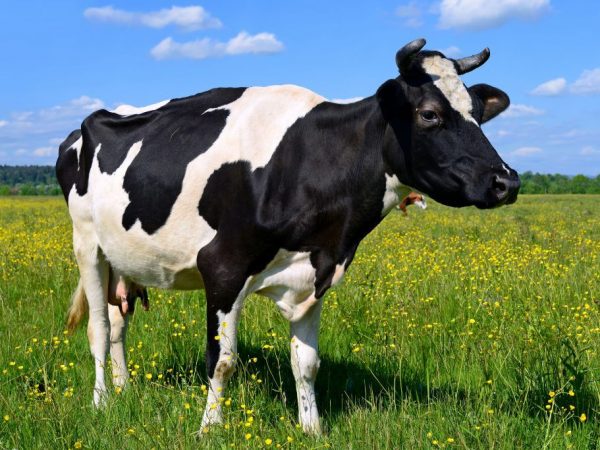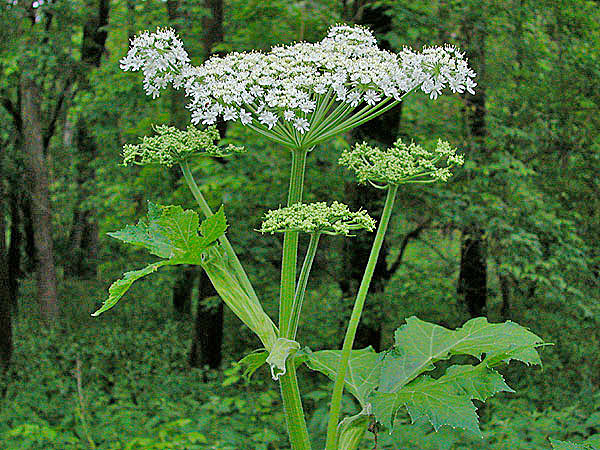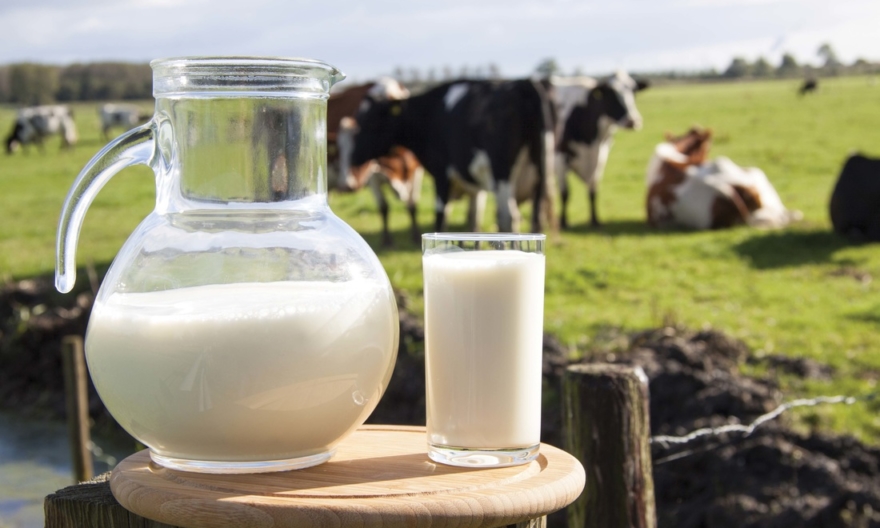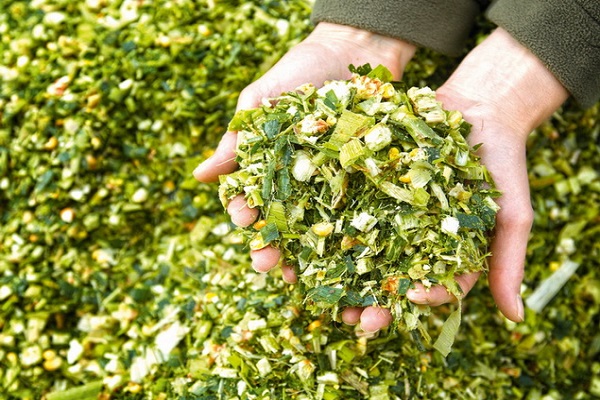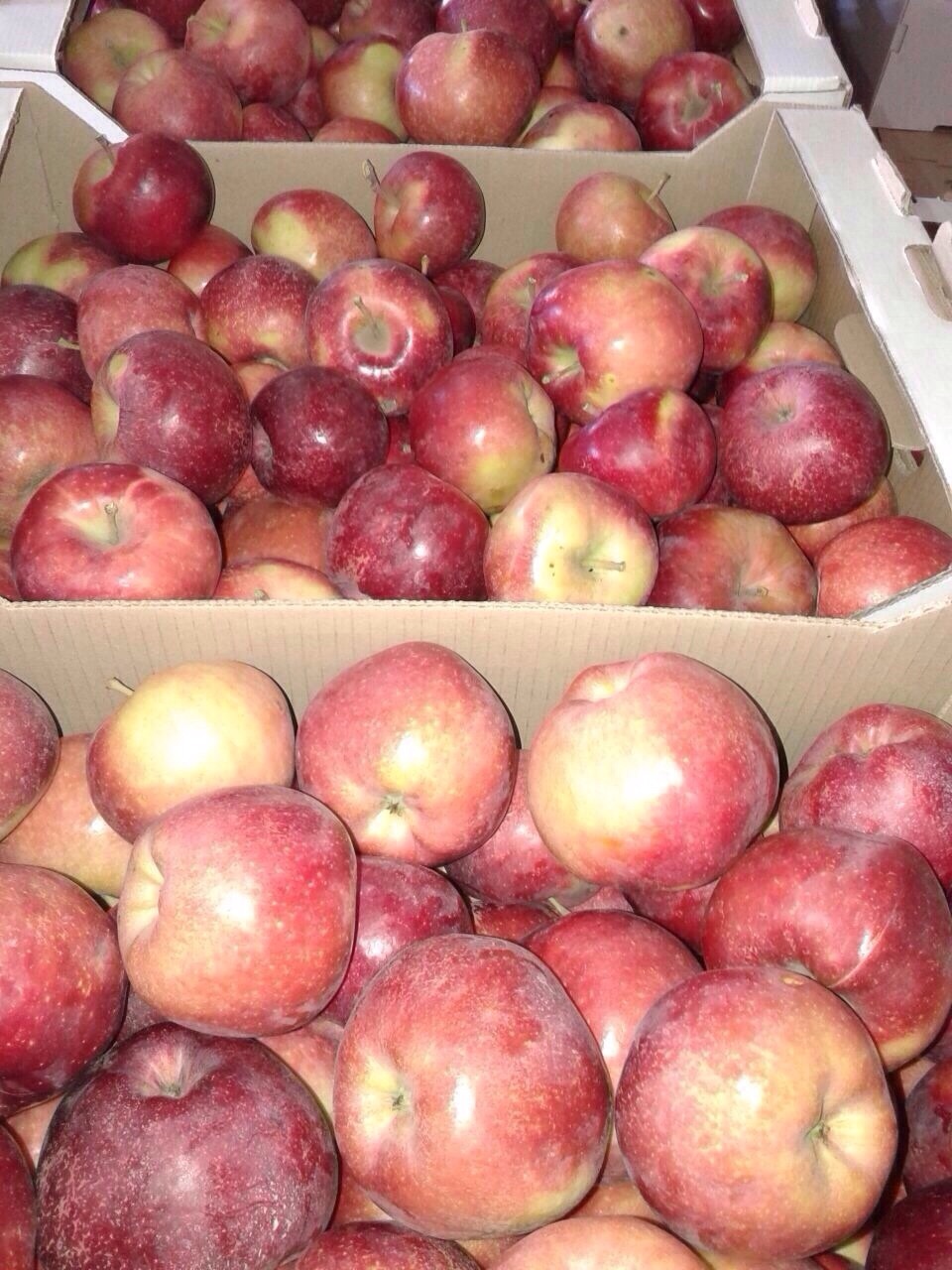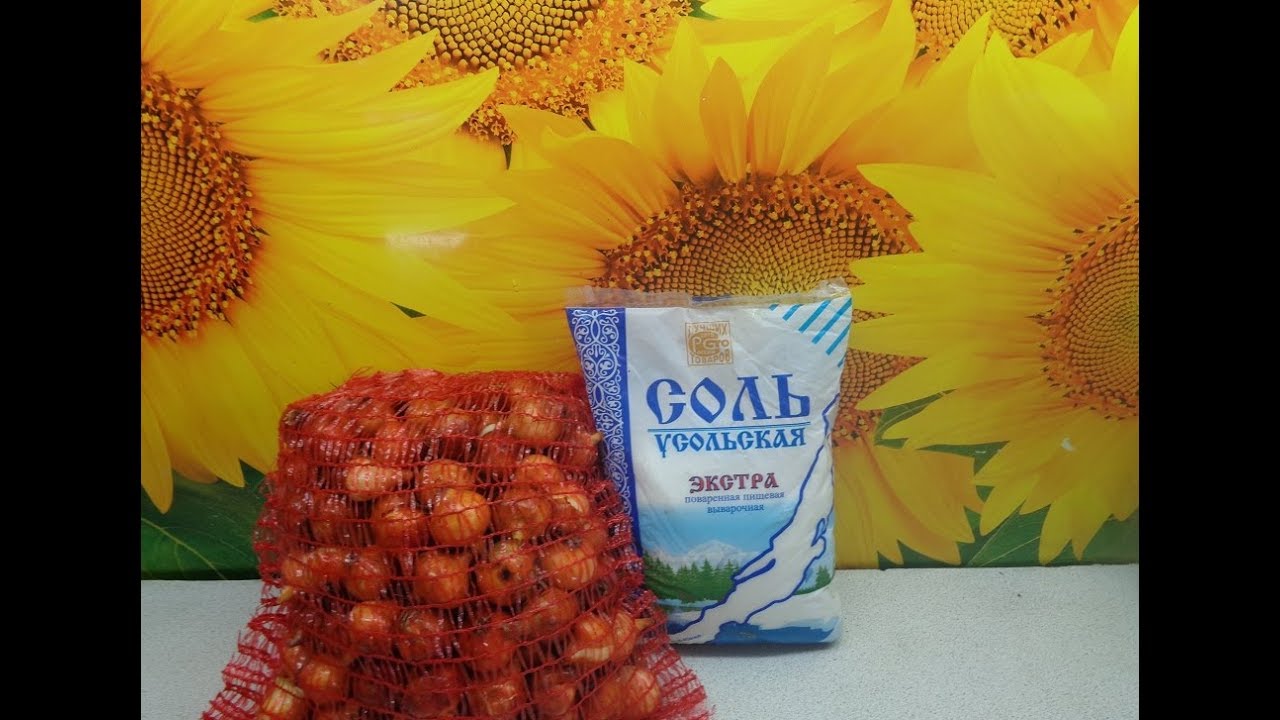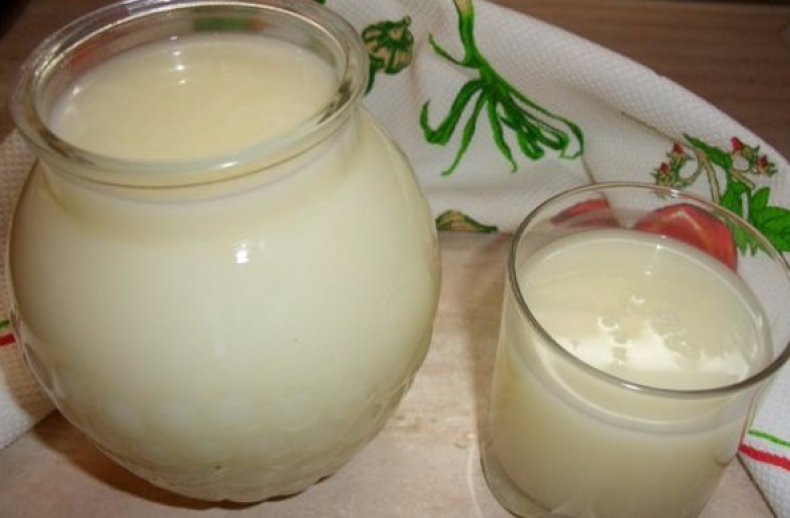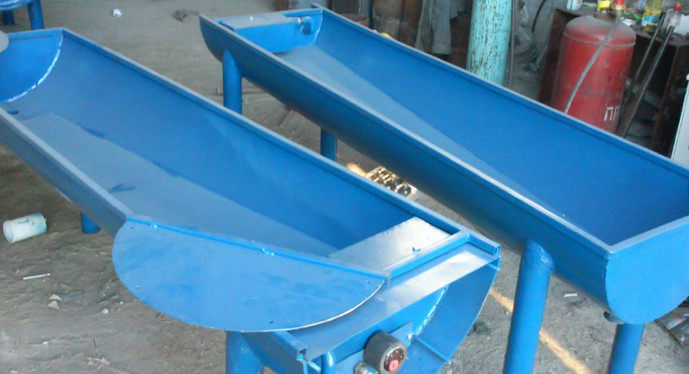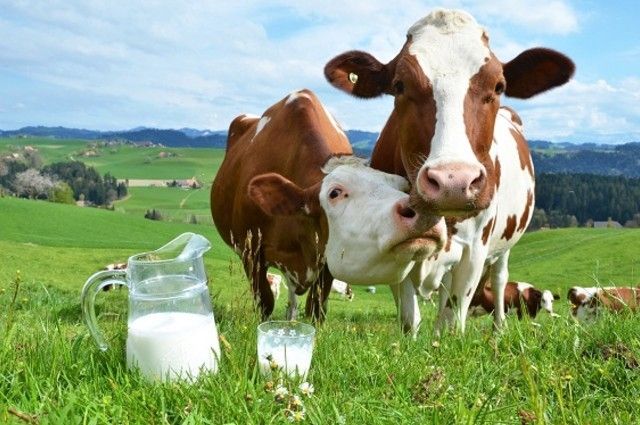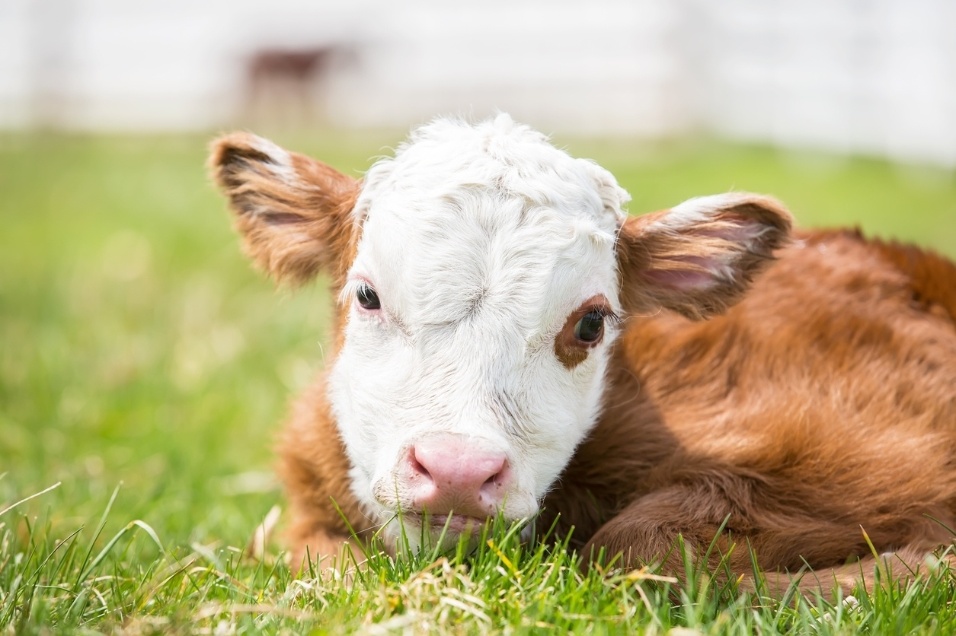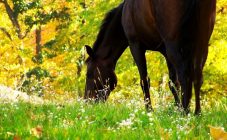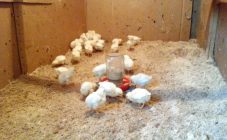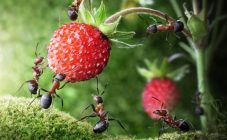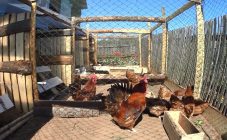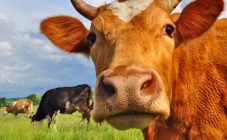Content:
It is not for nothing that they say that milk is on the cow's tongue. The amount of milk received and its quality depends on what animals eat, their health, appearance and behavior depend. Proper nutrition is of the utmost importance.
What types of feed are there
Initially, domesticated cows as herbivores were kept on pastures and food for them was taken care of only in winter. Such a system has long become a thing of the past, so a novice livestock breeder should stock up on knowledge about how to feed cows, what kinds of feed are, and in what order they are given to animals.
All feeds are divided into groups:
- vegetable;
- animal origin;
- compound feed;
- feed additives for cows.
Feed are:
- rough (hay, straw);
- concentrated (grain);
- juicy (root crops, silage, melons, grass), etc.
In addition to plant feed, cows are given supplements of animal origin: bone meal, whey, milk powder.
Feed grain is given to cows in winter, the norm is no more than 5 kg per day. At the same time, it is necessary to properly store cereals, preventing the appearance of mold. From mold spores animals get sick.
What do cows eat: basic nutritional components
Hogweed
Do cows eat hogweed? Academician Vavilov advised using hogweed for livestock feed. For this purpose, they were sowing pastures. At that time it was not yet thought how much it could grow and that it would have to be fought against its dominance.
In fact, cow parsnip is a very nutritious herb, and many wild animals gladly eat it. This feed has a low cost and high yield. Cows also love to eat cow parsnip, but breeders began to notice that it makes milk bitter.
So that the cow parsnip does not worsen the taste of milk, the recipe is as follows: you need to make silage from it and give it interspersed with other feed.
Compound feed
Compound feed for cows is prepared on the basis of grain with the addition of roughage, vitamins and minerals. The compositions have variations for different categories of livestock. Therefore, they must be used in accordance with the manufacturer's recommendations.
The use of ready-made balanced feeds as additives to the main feed is very convenient and effective.
Grass
In the spring and summer, the animals are given freshly cut green grass. It is perfectly absorbed by the animal's body and has a beneficial effect on the quality of milk.
Green fodder can be pasture and specially grown. Among the fodders grown, the most common are legumes, which contain a lot of protein and important micro and macro elements.
Hay
Hay is essential for good digestion. It is also the main winter food. The hay must be of high quality, and for pregnant cows there is a special hay with vitamin supplements.
The quality of hay is influenced by what grasses it consists of, at what time it was mowed and how it was stored. Which hay is best for cows? The best is meadow hay.
Silage
What does a cow eat in winter? In winter, silage is considered the best top dressing.
It can be made from the following ingredients:
- cabbage,
- vegetable tops,
- corn,
- wild herbs,
- root crops.
All ingredients are crushed and left to ferment. The daily consumption of silage is 15 kg.
Juicy feed
No less than 3 and no more than 5 kg of root crops are needed in winter and summer. They need to be cut because cows' teeth are not adapted for biting off.
After collection, juicy feed must be ventilated for two weeks. Otherwise, their use is not permissible.
Apples
Can a cow be given apples? These fruits are good for everyone, including cows. But it is impossible for animals to eat them in large quantities, this may result in a blockage of the esophagus.
Salt
Minerals are essential for any body. Salt for cows has a special place among other minerals. Salt deficiency disrupts water-salt metabolism, animals have a decrease in appetite, impaired sexual function, milk yield falls.
Lack of salt is a common problem and you need to carefully monitor your intake.
The daily intake of salt is calculated according to the formula: per 100 kg of live weight, 5 g of salt + 4 g for each liter of milk. On average, each representative of cattle eats 30 g of NaCl per day.
They give the mineral to animals in different ways:
- mixing bulk salt with feed;
- watering hay with salt solution;
- hanging salt licks over the feeders.
Fresh drinking water should always be readily available.
Milk
Does the cow drink milk? In the first days of an animal's life, milk is its main food.
In the future, milk processing products are used as complementary foods:
- return,
- serum,
- buttermilk.
On their basis, milk replacer (whole milk substitutes) is prepared, with which young animals are fed.
Adult animals are sometimes given whey to drink as an additive to the diet, strictly observing the consumption norms. On average, about 3.5 kg of serum is given daily per animal, during the dry period.
Bread
The remains of the bread from the person's table can be given to the cow. You can give out bread instead of crushed barley, but do not forget that this is not a feed product, it is better to give it only as a top dressing.
Straw
Straw is given when there is an insufficient amount of silage, and it can also be diluted with it when the concentration of useful nutrients is exceeded.
The best types of straw for feed are oat and soy. Cows are reluctant to eat rye straw.
Syrup
Molasses or molasses - waste from sugar production. The beneficial effect of molasses consumption by cows on their productivity has been noticed. It not only improves the taste of feed, but also increases the amount of protein in milk and increases milk yield.
Feed sugar
The carbohydrate concentrate, which normalizes metabolism, contributes to the development of normal microflora of the rumen and intestines.
It is produced in the form of a briquette, which is hung in an accessible place. No individual dosage is needed.
A necessary condition is free and constant access of animals to drinking water.
Bran
Dairy cows can be fed 4 - 6 kg of bran per day. Wheat bran is considered the best. The composition of mixed fodders includes rye.
Dairy cows can be given 4 kg of flax bran per day.
Dairy cow feeding ration
The difference in feeding dairy cows is significantly different from the diet of beef cattle. For the sake of increasing the fat content of milk and increasing milk yield, fresh grass and succulent feed become the main components of the feed. Sufficient drinking water is equally important.
The amount of feed for an individual is calculated depending on its daily milk yield. In a large herd, you can divide cows into groups that have similar performance.
During lactation, a cow is given 350 g of feed grain and 3.5 kg of hay per 1 liter of milk at a time. It is recommended to adhere to approximately the following feeding regime:
- the first intake - fodder (ground grain with bran);
- at lunchtime, root vegetables and other juicy feed;
- in the evening hay and straw.
It is also noticed that feed and semi-sugar beets help to increase the fat content of milk.
Feeding cows in the spring and summer
A week before the start of grazing, cattle are fed with green fodder. It is good if there are land plots where you can sow forage plants. The first spring food for cows is usually rye. Although there are not many first shoots, their fresh greens are a necessary food after a long winter period.
In the spring, cows can graze in fields with wheat or alfalfa, but care must be taken to ensure that the consumption of this feed does not exceed the norm. Diarrhea in cows at this time is not uncommon; to combat it, hay should be added to the diet and the dose of salt, chalk and other minerals should be increased.
Feeding cows in summer is pasture, stall and pasture-stall. The first option is the most economical, because the cow eats grass from the pasture and the farmer does not have to spend money on expensive feed and additives. But milk yield in this case will be reduced. The second option is the most productive, and the pasture-stable is the most optimal.
Feeding dry cows
The dry period in cows is approximately two months before delivery, when the milking of the pregnant cow is stopped. In this crucial period, in no case should you save on feed. Feeding dry cows should be complete. If nutrition is lacking, the fetus will still take what is needed from the mother's body. With poor nutrition, not only will the calf be weak, but the cow will also reduce milk yield.
In the first two weeks after the end of milking, the cow is given 80% of the recommended daily ration, and in the last fortnight, 120%. After calving, the animal is heavily fattened to replace the spent supply of nutrients.
In general, it must be said that the rules for feeding cattle have long been known. Any farmer can easily feed his livestock. The main thing is to maintain a balance and timely feed them into the diet. And then the farm will have high productivity.
